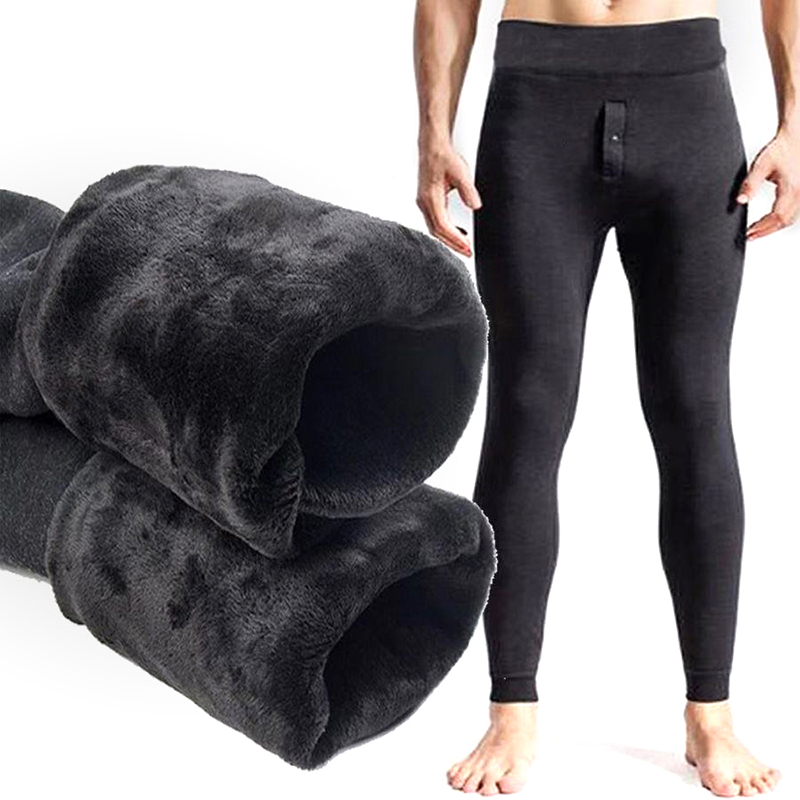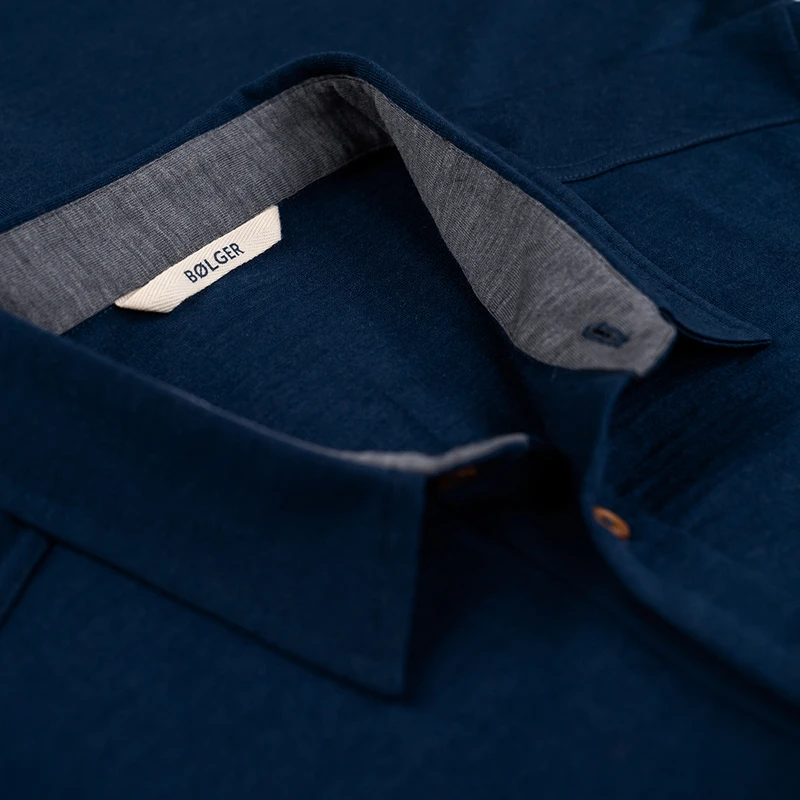Best Merino Wool Base Layer Site
Wiki Article
Why Is The Yak Merino Base Layer So Effective For Winter Sports Clothing?
Yak merino wool base layer excel in winter sports clothing because of a mix of factors that increase the warmth, temperature regulation and moisture management, as well as the comfort and durability. Warmth and Temperature Regulation-
Insulating Properties: Both yak and Merino wool are naturally insulation. The hollow fibers in yak's wool are able to trap air and give exceptional warmth. Merino wool, thanks to hollow fibers, is renowned for its good insulator.
regulates body heat - The combined material helps regulate body heat by trapping the warmth that is lost in cold temperatures while allowing breathability during high-intensity.
Moisture Management-
Merino Wool is a moisture wicking. Merino's moisture wicking properties draw moisture from the skin dispersing it and stopping sweat accumulation. Yak wool can also help transport moisture, and keeps the wearer hydrated during physical activity.
Comfort-
Softness- Merino Wool is famous for its soft, fine fibers it has. They are less irritating to the skin. The inclusion of yak wool, which also has soft fibers, increases the feeling of comfort.
Odor Resistance- Both kinds of wool have natural antimicrobial properties, which help in reducing the growth of bacteria that cause odor and ensuring that the clothing remains fresh.
Durability-
Strength and Resilience- Yak wool is innately robust, and when paired with the strength of merino wool, it becomes strong and pliable to wear and tear which makes it ideal for rigorous activities.
Natural Fiber Benefits-
Renewability: Yak and Merino are both biodegradable and renewable fibers. They are, therefore, green.
These wools can be used for a variety of weather conditions.
The combination of yak wool and merino leverages the strengths of each material, resulting in an excellent fabric for providing warmth and regulating temperature, as well as managing humidity, providing comfort and providing durability. The combination of yak and wool makes a fantastic base layer for winter sportswear, since it caters to the demands of outdoor sports in cold climates. See the best merino wool base layer for site recommendations including merino wool underlayer, smartwool long johns, womens icebreaker base layer, smartwool 1 4 zip womens, best thermals for skiing, ski thermals, smartwool base layer mens, ice breaker thermals, omniwool base layer, wicked wool base layer and more.

What Are The Advantages Of Wearing Bamboo Clothing With Regards To Thermal Regulation, Uv Protection, Biodegradability And Environmental Impact.
Thermal Regulation: Bamboo clothing is a great choice to regulate temperature. It also provides UV protection and biodegradability.
Insulation: Bamboo fabric is a natural material with natural thermal regulating properties that allow for warmth in cold weather. It regulates body temperature by holding the heat during cooler temperatures and also allowing airflow to prevent excessive heat during exercise.
UV Protection
UV Resistance- The bamboo fabric provides natural protection from harmful UV radiations. It could be an additional layer to protect against sun exposure by blocking an extensive amount of UV rays.
Biodegradability-
Bamboo clothing is biodegradable and will break down organically by the end of its lifespan without leaving hazardous leftovers. Additionally, it does not contribute to pollution. This helps to reduce the amount of waste and lessen the environmental impact of clothes that are thrown away.
Environmental Impact-
SustainabilityBamboo as a primary material is extremely environmentally sustainable. It is a fast-growing plant that does not require chemical fertilizers or pesticides. The fast growth rate of this plant is what makes it a sustainable source.
Bamboo has a lower consumption of water than other crops. This is a major factor in conservation efforts and reduces the demand on water resources.
Soil Conservation
Soil health- Bamboo cultivation does not deplete soil nutrients and doesn't require large amounts of irrigation. This contributes to healthier soil conditions and lessens the necessity for damaging practices in agriculture.
Carbon Sequestration
Bamboo's carbon absorption capacity is high. Bamboo plants are able to absorb more CO2 than other species and also release more oxygen in the air. This ability helps reduce carbon emissions and fight climate change.
Bamboo clothing's thermal control, UV protection, biodegradability, and positive environmental impact make it an a desirable choice for people who are looking for sustainable and practical clothes. These qualities are in line with green practices and bring advantages to the wearer as well as the environment. Have a look at the top rated his comment is here on bamboo clothings for site info including bamboo mens shirts, bamboo trousers women, bamboo family pajamas, mens boxer shorts bamboo, bamboo onesies, bamboo clothing leggings, womens bamboo t shirts, bamboo viscose pajamas, bamboo cay christmas shirts, bamboo exercise clothing and more.

What Are The Main Differences Between Bamboo And Merino Clothing?
Merino Wool, Bamboo Clothing, and Regular Wool have distinctive characteristics that make them distinct.
Softness Merino is known for having fine soft fibers that make it easy to wear. It's less likely to cause irritation and itching than wool that is traditionally sourced from sheep.
Merino has excellent moisture-wicking qualities. It draws moisture away from your skin and allows it to evaporate leaving you feeling dry and at ease.
Insulation- Merino wool offers exceptional warmth even in the event of a wet. It regulates body temperature, providing warmth in cold temperatures as well as breathing during exercise.
Odor Resistance - It naturally inhibits the growth of bacteria that cause odor and keeps clothes fresh with extended wear.
Bamboo Clothing-
Softness- Bamboo clothing's silky appearance is often compared to silk or cashmere. It's luxurious and soft to wear.
Bamboo fabric is wicks moisture away properties which draw moisture away and keeps you dry.
Temperature Regulation- Bamboo clothing has natural temperature-regulating abilities, offering warmth in winter and breathability to prevent overheating.
Sustainability - Bamboo is a extremely renewable resource that grows quickly without the need for pesticides or fertilizers. It's biodegradable and has a minimal environmental impact.
Regular Wool
Texture- Traditional wool may vary in texture with some wools being coarser and more prone to causing itching or discomfort.
Warmth - Regular wool provides excellent insulation and warmth, but it can also feel bulky or heavy.
Absorption of Moisture - Wool may absorb moisture, which makes it less effective at wicking moisture when compared with merino wool or bamboo fabric. It still retains warmth when damp.
Summary: Merino Wool is soft and odor resistant. It also offers an excellent ability to wick moisture. Bamboo clothes have a soft touch, moisture-wicking qualities as well as regulating temperature. It is sustainable. Regular wool differs in texture. It may not be as soft or have the same moisture wicking ability like bamboo and merino, but provides warmth. Each material has its own advantages that meet the needs of different people and preferences for winter clothes. View the recommended bamboo winter clothing for website recommendations including wool long underwear mens, merino wool base layers, wool long underwear women's, merino wool first lite, smartwool base layer sale, snow base layers, ski underwear, smartwool thermals, merino wool ski base layer, merino base layer womens and more.
